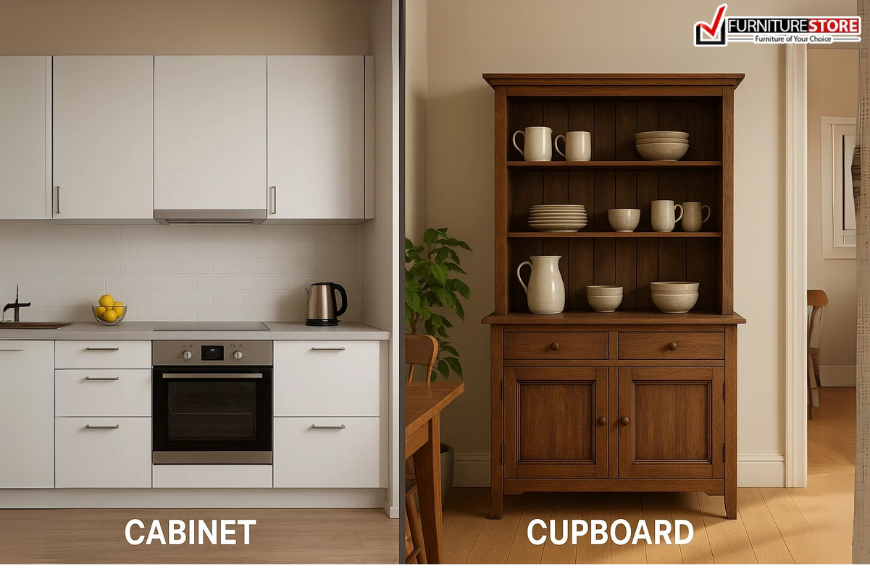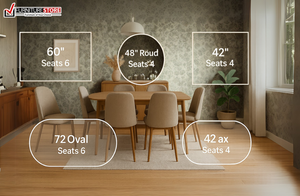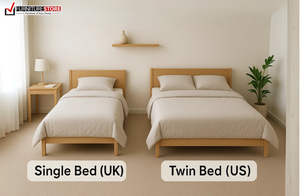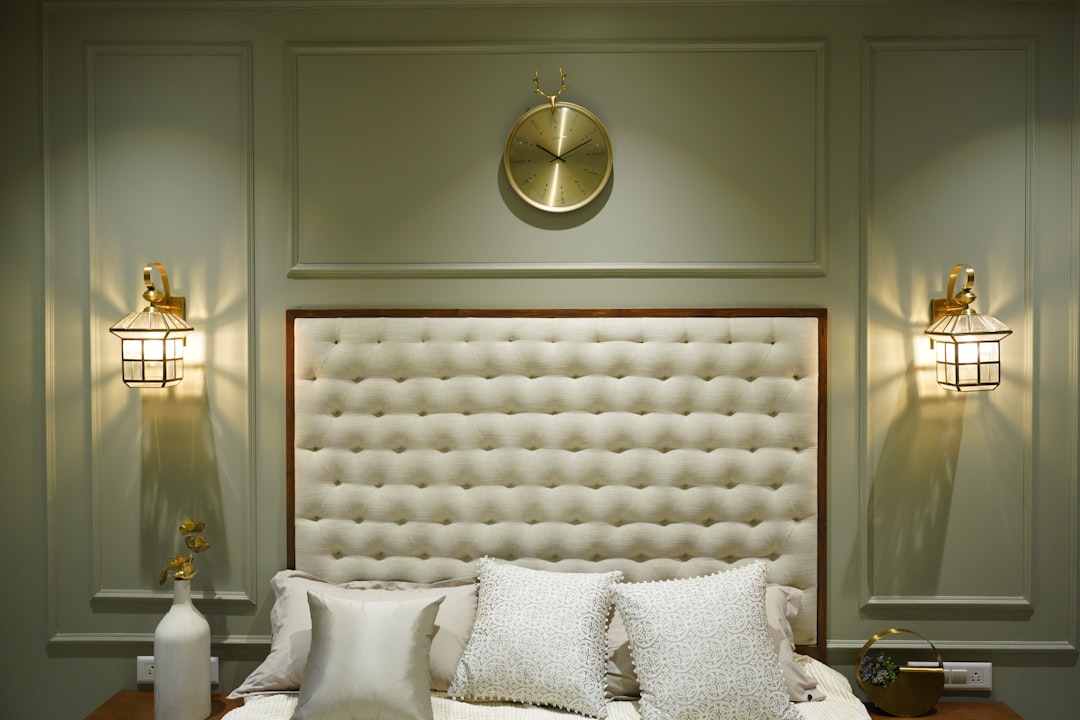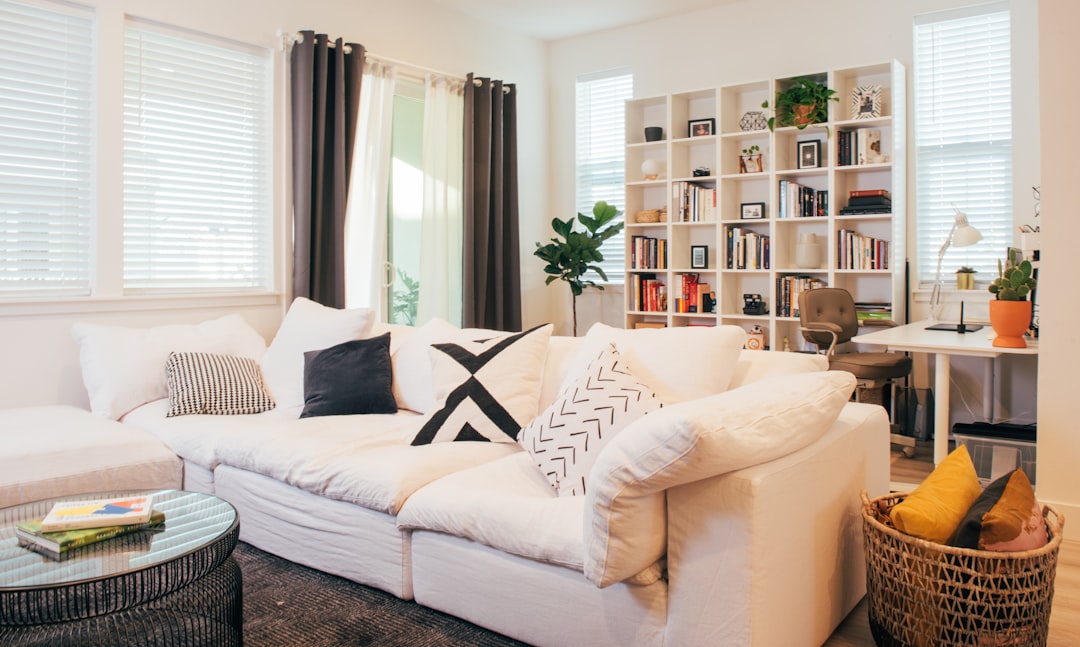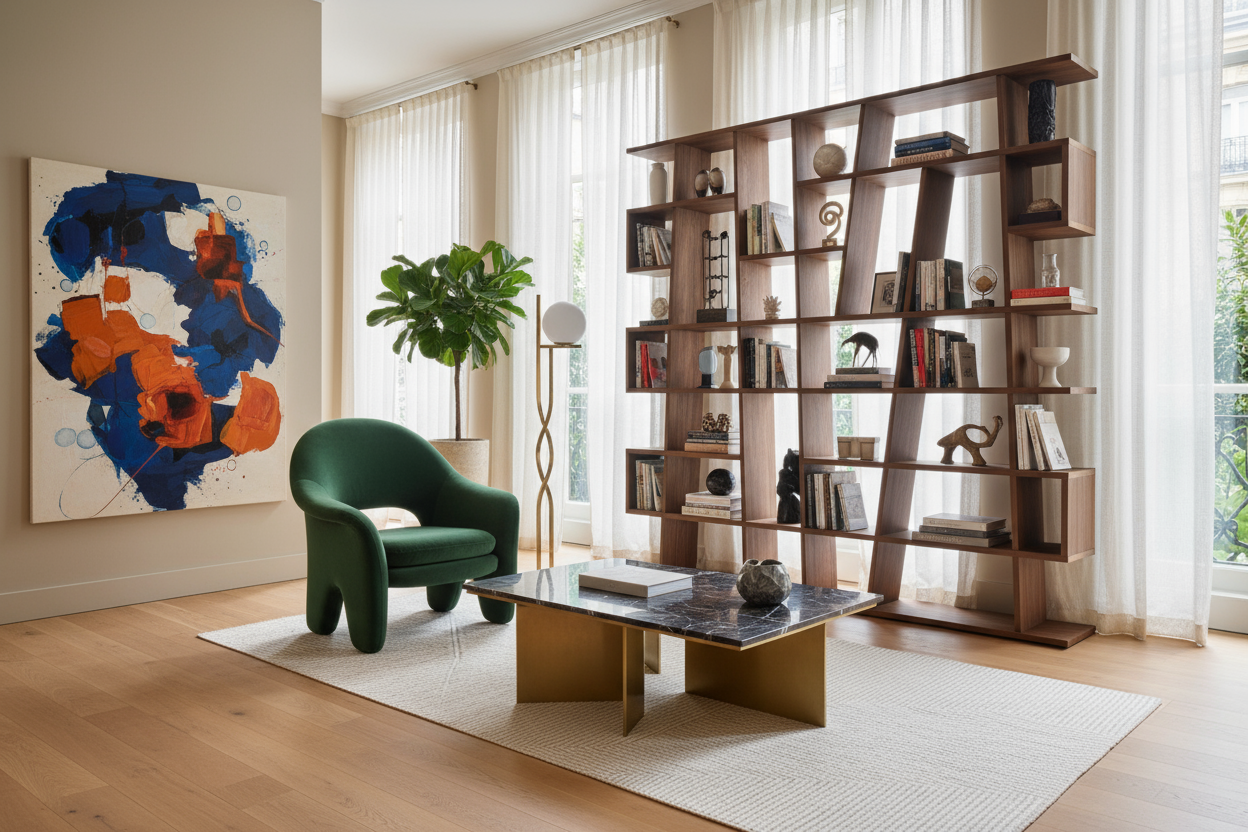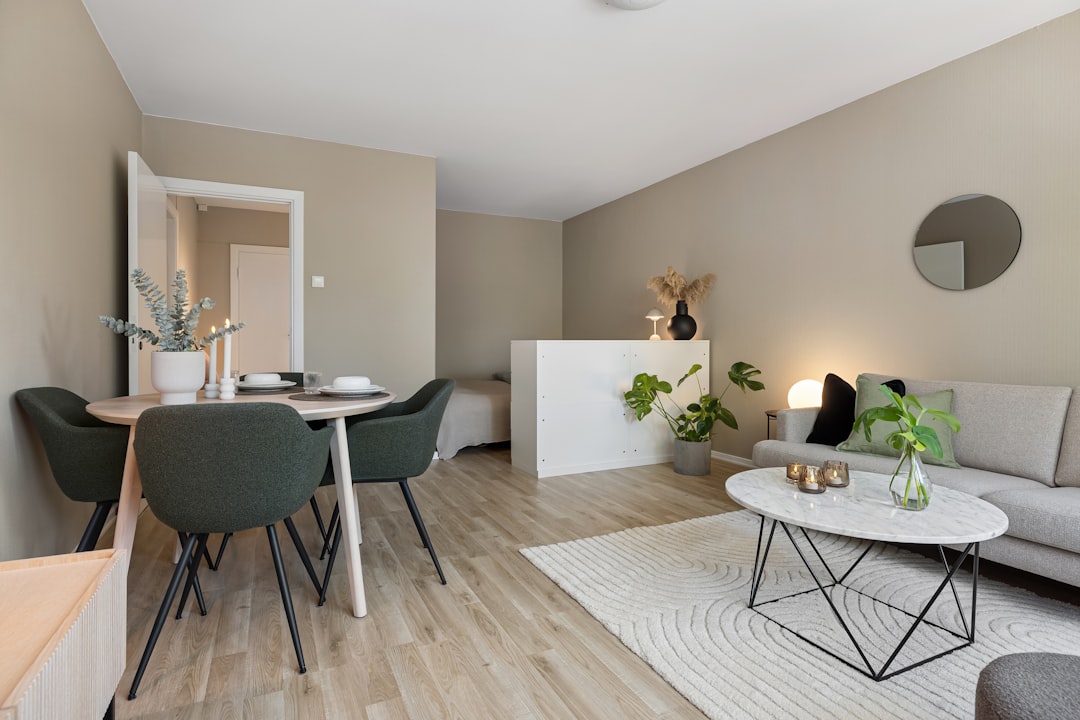In American homes, the terms “cabinet” and “cupboard” are often used interchangeably, leading to confusion about their actual meanings and uses. While both are essential elements of home storage, their structure, function, and placement often differ significantly. Whether you're renovating your home, designing a new layout, or simply organizing your space, understanding the cabinet cupboard difference is essential to making practical and aesthetic choices.
Let’s explore the in-depth distinction between cabinets and cupboards, and how to choose the right storage solution tailored to your space and needs.
Definitions and Origins
Cabinet: Structure and Purpose
A cabinet is generally defined as a built-in or wall-mounted unit designed for enclosed storage. These units come with doors and shelves and are designed to hold everything from dishes and dry goods in the kitchen to toiletries and towels in the bathroom. Cabinets are typically integrated into the home’s architecture, offering a seamless, clean look.
A prime example is the metal storage cabinet, a durable and functional solution often found in garages, kitchens, and utility rooms. These are perfect for heavy-duty use, equipped with adjustable shelves and steel doors, ideal for both home and commercial use.
Cupboard: A More Traditional Approach
The cupboard, on the other hand, is traditionally a freestanding piece of furniture, often characterized by wooden construction and sometimes glass-paneled doors. Historically used in dining rooms and kitchens, cupboards were designed to store linens, dishware, and pantry goods.
The wood broke jelly open cupboard is a classic representation of this style—a freestanding unit with a walnut finish, open shelves, and cabinets below for concealed storage. It blends charm and utility, making it suitable for living spaces or hallways where style matters.
Key Differences Between Cabinets and Cupboards
Understanding the clear differences between a cabinet and a cupboard will help you align your storage preferences with your home’s style and functional needs.
1. Design and Construction
Cabinets are usually custom-built or semi-custom units, installed directly into the home’s walls. They can be part of modular kitchen or bathroom designs, contributing to a unified aesthetic. These can also be mounted above or below countertops.
Cupboards, however, are more like movable furniture items. They can be intricately carved, painted, or left in a natural finish to enhance the visual appeal of the room. They’re often used as decorative elements that also offer storage utility.
For instance, integrating room furniture like cabinets into a bathroom or kitchen design ensures streamlined functionality, whereas adding a vintage cupboard in a dining area can offer character and contrast.
2. Functionality
Cabinets are built with daily accessibility and efficiency in mind. You’ll find pull-out drawers, adjustable shelving, soft-close hinges, and even built-in lighting. They are optimized for high-traffic areas like kitchens, bathrooms, and offices.
Cupboards serve both storage and display purposes. Many include open shelving for displaying dinnerware or collectibles, alongside enclosed cabinets for hidden storage. Their usability in living or dining rooms makes them versatile.
For storing delicate or seasonal clothing, a clothing armoire wardrobe functions similarly to a cupboard but provides even more specialized compartmentalization.
3. Placement in the Home
Cabinets are most commonly found in kitchens, bathrooms, laundry rooms, and garage storage systems. They are also used in offices and commercial settings for structured organization.
Cupboards appear more frequently in dining rooms, hallways, and bedrooms—anywhere you might want to add a decorative furniture piece that also offers storage.
If you need room-specific solutions, furniture by room collections make it easier to decide what fits where, whether it's a bathroom vanity cabinet or a hallway cupboard.
4. Materials and Aesthetics
Cabinets are crafted from a range of materials such as MDF, hardwood, plywood, laminate, or even stainless steel. The emphasis here is on durability and function, especially for kitchen and utility areas.
Cupboards are generally made from solid wood, and aesthetics are a major focus. Finishing techniques like staining, painting, and distressing are often used to add character.
The natural grain of wood in a wood dresser or cupboard adds warmth to interiors and contributes significantly to the room's ambiance.
Choosing Between a Cabinet and a Cupboard
When deciding between cabinets and cupboards, consider the following factors:
Assess Your Storage Needs
Evaluate the type and volume of items you intend to store. If you’re organizing tools, pantry supplies, or bath essentials, a built-in cabinet with adjustable shelves like the metal storage cabinet might be the better choice.
For decorative storage or showcasing dishware, a cupboard is ideal. Units like the wood broke jelly open cupboard merge functionality with aesthetic appeal.
Consider the Room’s Design
If your room already has built-in structures, cabinets may provide a more cohesive look. They maximize vertical space, especially in tight quarters. Cupboards, with their freestanding design, can be relocated or repurposed as your storage needs evolve.
A room furnished with a wood dresser and vintage-style cupboard brings both charm and utility into the setting, especially in bedrooms or guest rooms.
Budget and Installation
Cabinets often require professional installation, particularly if they're part of a larger renovation project. The cost can vary depending on customization, materials, and labor.
Cupboards usually come ready to use or require minimal assembly. They are cost-effective alternatives for those not looking to alter the room’s layout permanently.
Conclusion
Though the terms cabinet and cupboard are often used interchangeably in everyday conversation, the differences in construction, function, placement, and design are substantial. Cabinets are permanent, streamlined, and functional storage units commonly used in kitchens and bathrooms. Cupboards offer charm, versatility, and often double as display furniture in more formal or decorative settings.
Understanding the cabinet cupboard difference helps in making informed decisions when organizing spaces in your home. Both serve their purposes exceptionally well when matched with the right environment, and choosing the right one will enhance not just storage but the overall feel and flow of your space.

